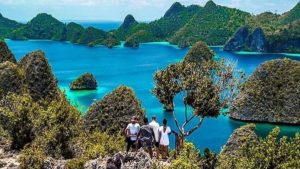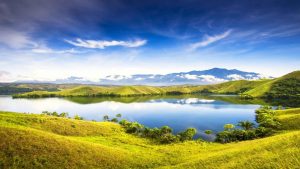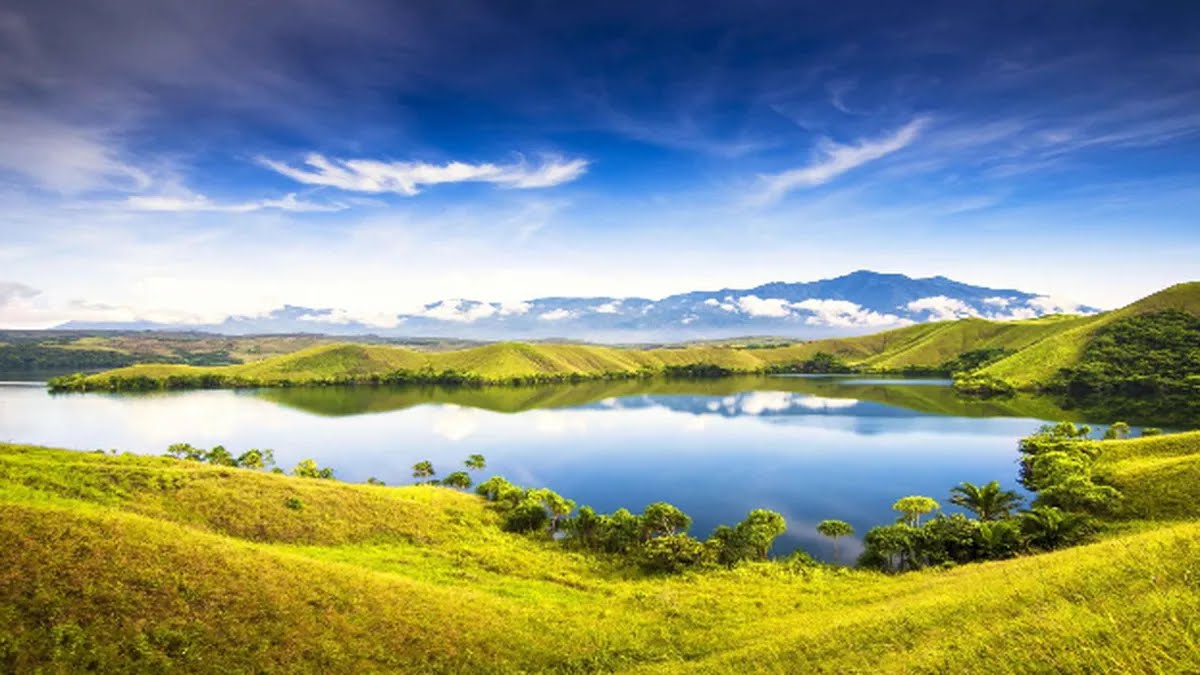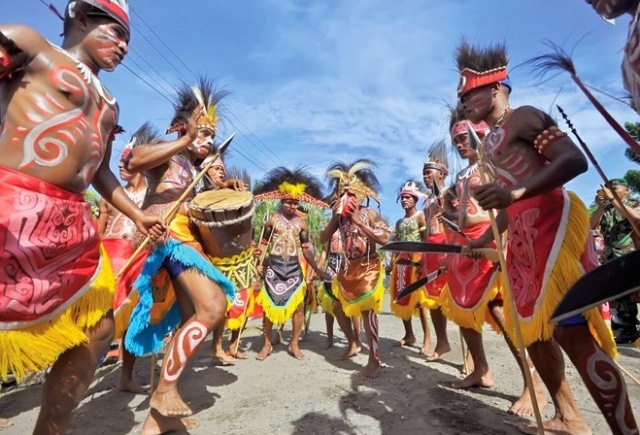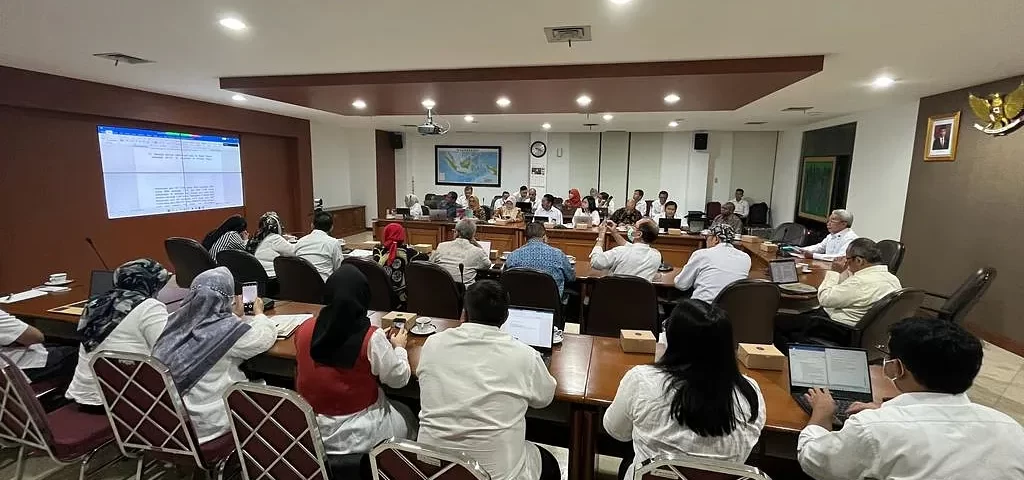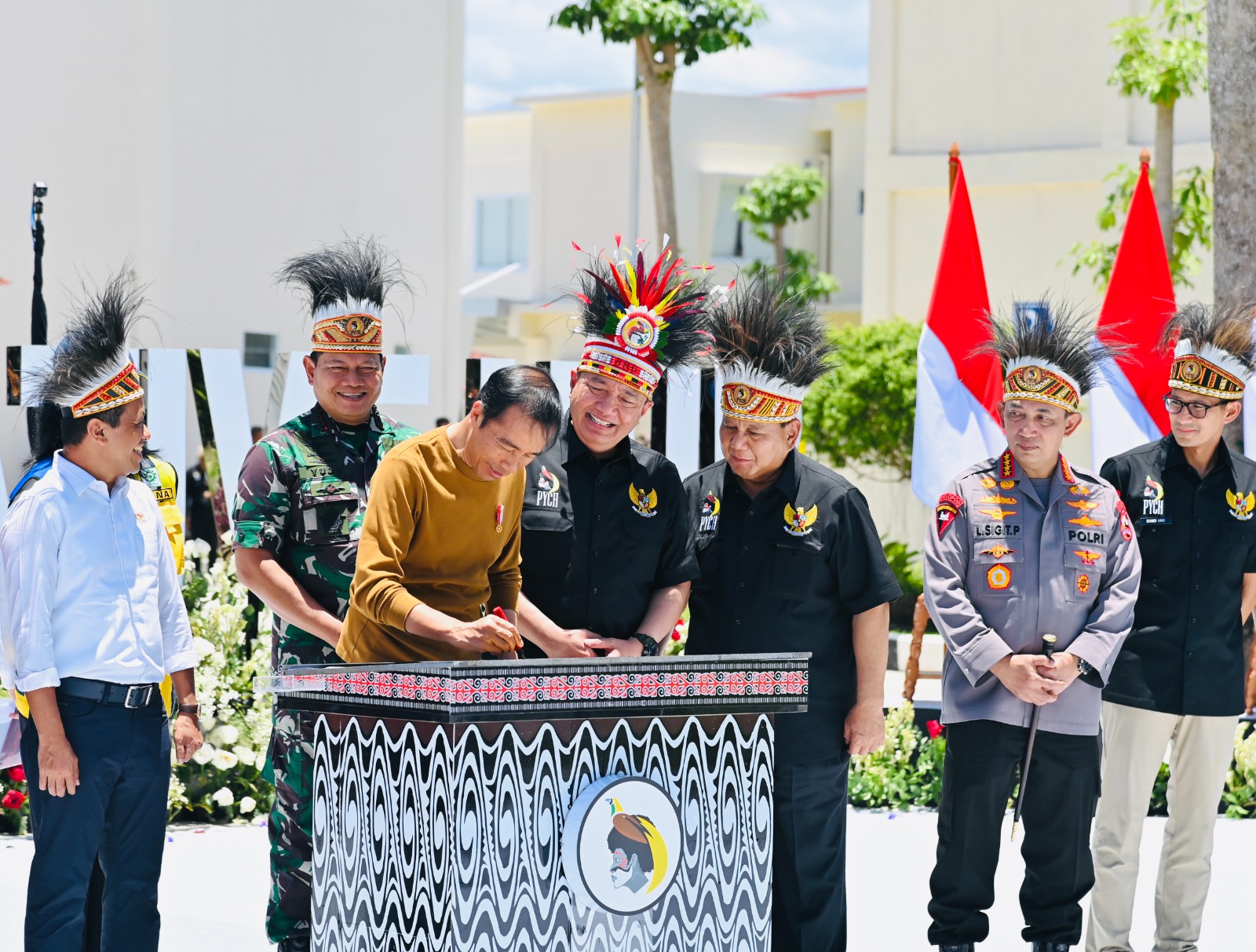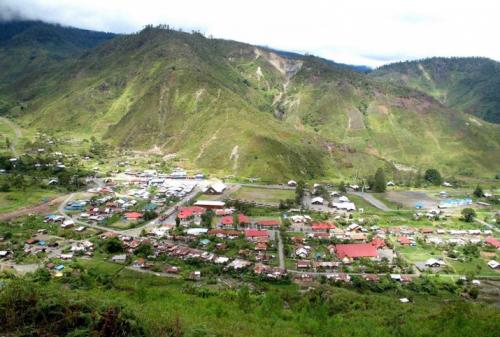
The President issued the presidential instruction as a guideline for the development of Papua that is more innovative, inclusive, and affirmative by emphasizing social harmony and local democracy.
The Government’s commitment to the Provinces of Papua and West Papua need not be doubted. A number of policies have already been carried out. Starting from the construction of TransPapua roads, airports, ports, markets, sports facilities, holding the Healthy Indonesia and Smart Indonesia programs, until finally about increasing regional capacity to carry out surveillance and overcome the Covid-19 pandemic.
To ensure that all policies run properly, on September 29, 2020, a Presidential Instruction (Inpres) was issued concerning the Acceleration of Welfare Development in Papua and West Papua Provinces. This Presidential Instruction was made as a guideline so that the direction of development carried out by the ranks of ministries, institutions, and local governments for Papua and West Papua is more focused and cohesive.
Presidential Instruction number 9 of 2020 is a continuation of Presidential Regulation number 18 of 2020 concerning the National Medium-Term Development Plan for 2020-2024. In the new presidential decree, it is stated the need for breakthrough, integrated, precise, focused, and synergistic steps between ministries/institutions and local governments in order to realize an advanced, prosperous, peaceful, and dignified people of Papua Province and West Papua Province within the framework of the Republic of Indonesia.
The President also instructed his staff to take breakthrough, integrated, precise, focused, and synergistic escort steps according to their respective duties, functions, and authorities in a coordinated and integrated manner in order to accelerate development in the two provinces.
To take these breakthrough steps, President Jokowi provided strategic signs, namely:
- A good, open, and participatory governance approach supported by an electronic-based governance system (SPBE) and data and information-based policies;
- Approach Papua’s development from the perspective of socio-cultural, indigenous territories, and ecological zones in the framework of sustainable development, and focus on indigenous Papuans (OAP);
- Acceleration of district- and village-based development programs in remote areas, disadvantaged areas, inland areas, small islands, state borders, and hard-to-reach mountains;
- Application of dialogue approach with all components of society, community organizations, and local government institutions;
- Assistance and improvement of local government apparatus and community participation;
- Empowerment and active involvement of local communities and indigenous leaders in monitoring and improving the quality of public services;
- Empowering OAP entrepreneurs and local Papuan entrepreneurs;
- Increased cooperation, partnership, and collaboration with international development partners, businesses, civil society organizations, social enterprises, philanthropy, academia, and other stakeholders through multistakeholder partnership instruments;
- Improved management of integrated and integrated public communication and diplomacy.
- Increased cooperation between ministries/agencies, the Indonesian National Army, the National Police of the Republic of Indonesia, local governments, community leaders and organizations in creating a safe, stable, and peaceful Papua Island region; and
- Strengthening coordination of ministries/agencies and local governments in planning, implementing, controlling, and evaluating development in the Papua Island region.
In the instruction, President Jokowi also set a new design and action plan to accelerate welfare development in the spirit of special autonomy transformation based on an affirmative, holistic, gender equality, and contextual approach to Papua focused on five new frameworks for Papua, namely:
- Acceleration of the development of superior, innovative, and characterful human resources that consider the contextual of Papua throughout the territory of Papua Island devoted to OAP;
- Acceleration of quality and equitable economic transformation and development of Papua by considering the linkages between regions, cities, customary territories, partnerships between economic actors, and the potential of regional economic sectors that are managed in an integrated manner from upstream to downstream focused on OAP;
- Acceleration of integrated basic infrastructure development to support public services and economic transformation throughout Papua;
- Improving and preserving environmental quality, increasing disaster and climate change resilience, and low-carbon development according to local wisdom, ecological zones, and regional spatial planning on Papua Island by taking into account local wisdom; and
- Acceleration of bureaucratic reform and good governance within the framework of strengthening special autonomy, public services, inclusive local democracy, social harmony, and safe and stable regional security as well as respect and protection of human values and human rights.
Deputy Minister of Public Works and Public Housing (PUPR) John Wempi Wetipo welcomed Presidential Instruction number 9 of 2020. He said the acceleration of welfare development in Papua and West Papua Provinces did need to use a local wisdom approach.
“In the presidential decree, local wisdom already exists and must be prioritized. Not only in Papua, but also in West Papua which has approximately seven customary areas, namely Lapago, Meepago, Animha, Saireri, Mamta, Domberai, and Bomberai,” he said.
According to the former Regent of Jayawijaya, with the approach of local wisdom, the development of all fields carried out in Papua still makes Papuans become masters in their own country. “All of this certainly requires community participation and involvement in development implemented by the government,” he said.
Furthermore, he hopes that implementation in the field can involve more figures who understand the condition of Papua. “If it does not involve figures who understand the condition of Papua, it is predicted that the implementation of Presidential Instruction number 9 will be difficult to run as it should,” he said.
Wempi hopes that the team appointed to take care of this matter can work in accordance with each of their task areas. “The purpose of Presidential Instruction number 9 itself is to make Papua as developed as other provinces, so it needs to be taken seriously,” he said.
In a report, the Presidential Staff Office mentioned a number of indicators that show improving socio-economic conditions in Papua and West Papua in the 2015-2019 period. In that period, the poverty rate in Papua fell from 28.40 percent to 27.53 percent, and West Papua fell from 25.72 percent to 22.17 percent. Papua’s Human Development Index (HDI) rose from 57.25 to 60.84, while West Papua’s from 61.73 to 64.7.
“Evidence of economic transformation is going well in Papua,” said Principal Expert of Deputy III of the Presidential Staff Office (KSP) Edy Priyono.
Edy added, a study conducted by the Indonesian Institute of Science (LIPI) and The Asia Foundation in 2018 showed that road network development (access and connectivity) was proven to improve the socio-economic life of the community. They can sell merchandise outside the area in greater quantities than before.
Improved connectivity also improves social life, because with it people can visit each other more often. “Road construction encourages a decrease in costs and travel time,” said Edy.
Furthermore, continued Edy, the open unemployment rate of the two provinces decreased during the 2015-2019 period, namely from 3.99 percent to 3.65 percent for Papua and from 8.08 percent to 6.24 percent for West Papua.
However, Edy admitted that Papua’s economic growth in 2019 was indeed negative, caused by a sharp decline in gross regional domestic product (GDP) from the mining sector due to the transition of PT Freeport’s production system from open-pit mining to underground mining. But the mining sector was excluded, Papua’s economic growth in 2019 was quite good, namely 5.03 percent (when the national economic growth was 5.02 percent). “This means that we can say that in general the distribution of income in the Papua and West Papua regions is improving,” said Edy.
On the other hand, at the end of 2019, the government inaugurated the operation of the Special Economic Zone (SEZ) Sorong, West Papua. Edy said, the Sorong SEZ is focused on the processing industry of mining products (nickel) and forest / plantation products. “This is one form of the government’s commitment to spread the center of economic growth so that it does not only accumulate in the western part of Indonesia,” said Edy.
Author: JS
Travel Vlogger, Journalist,





